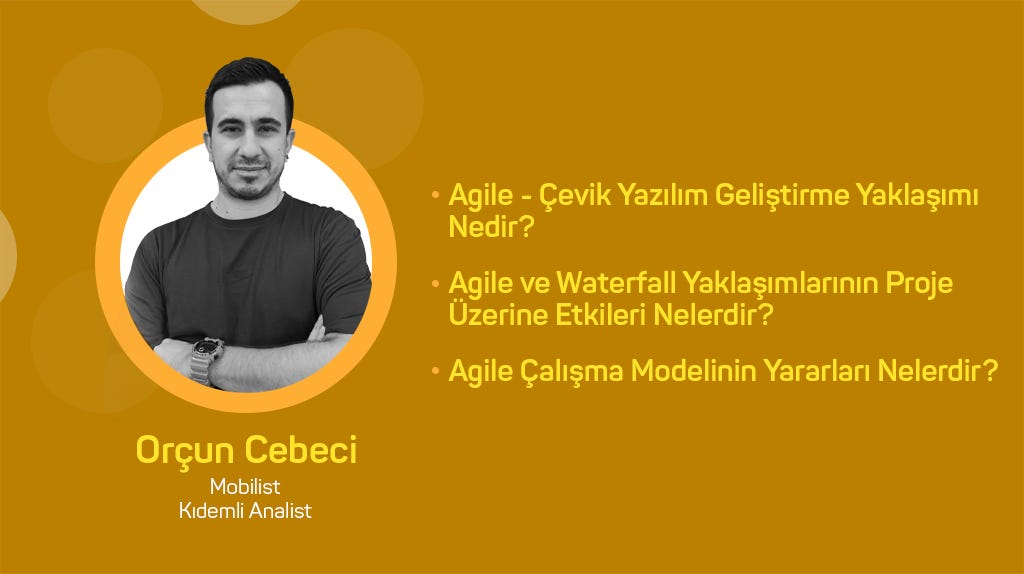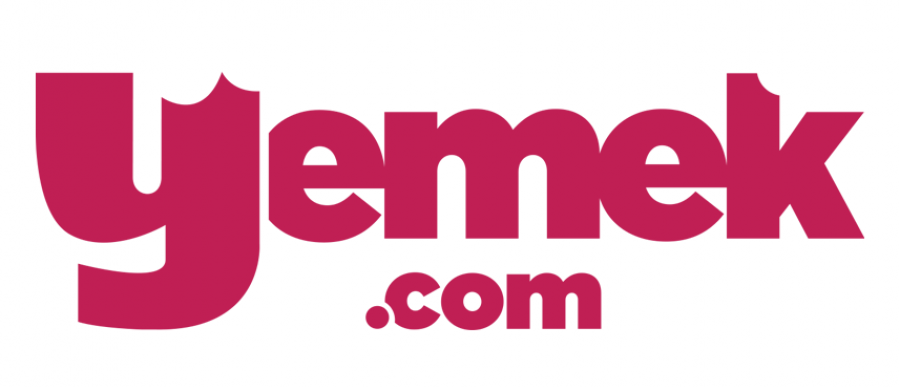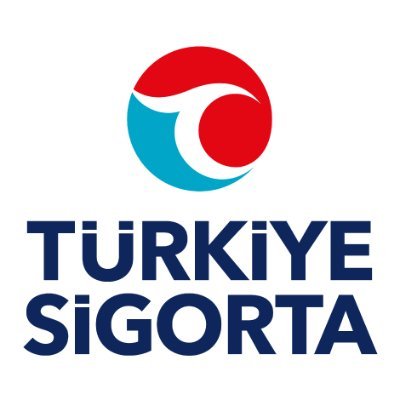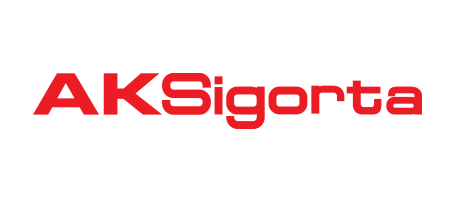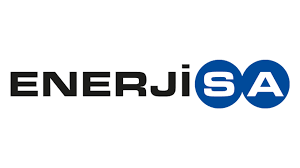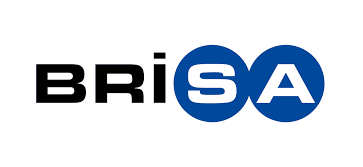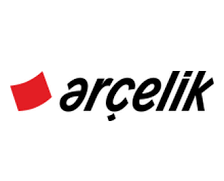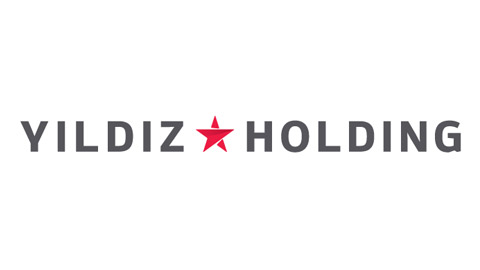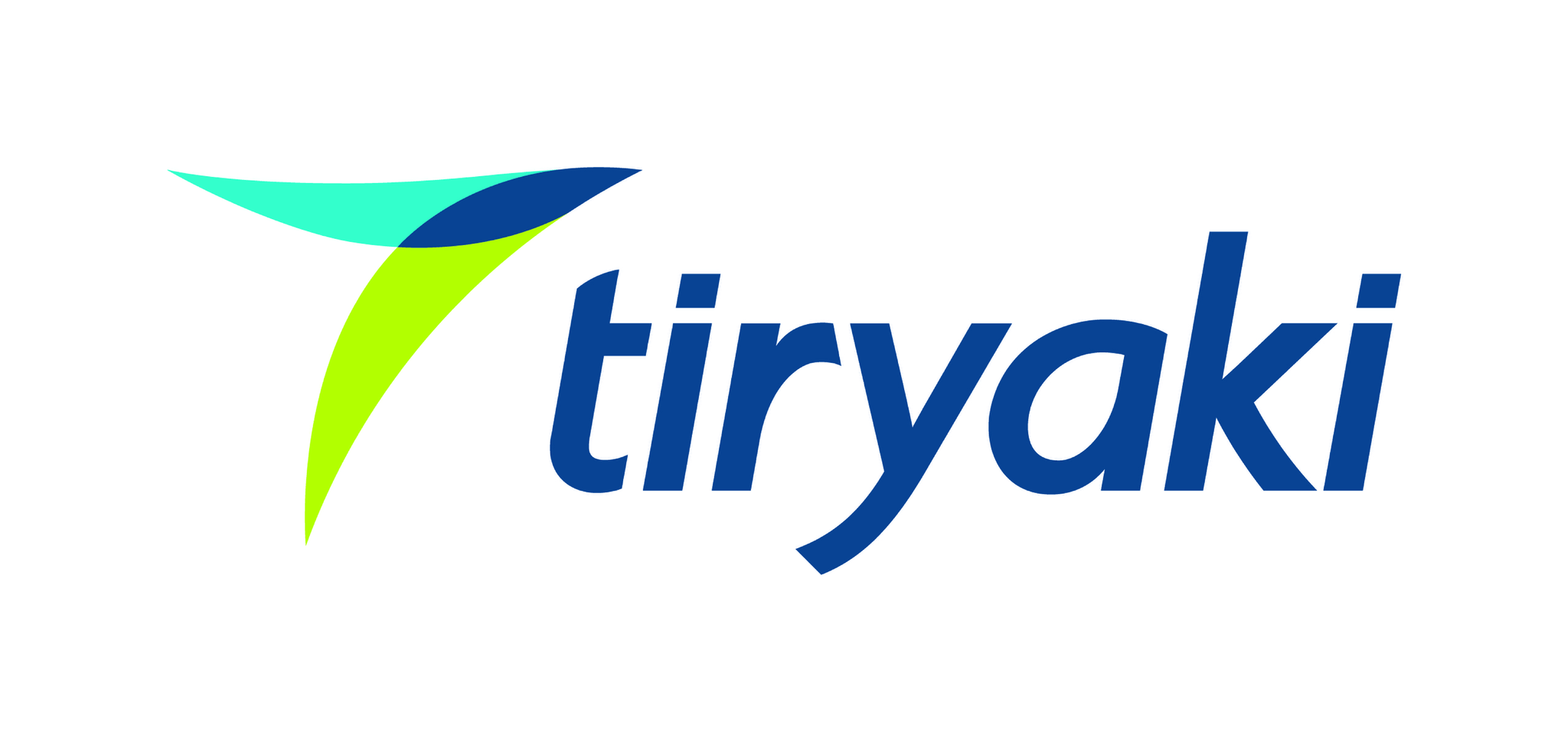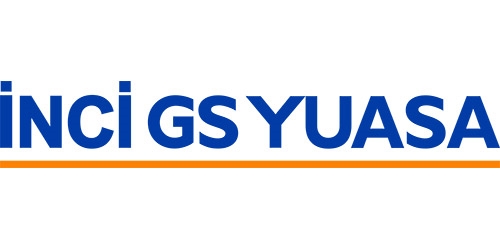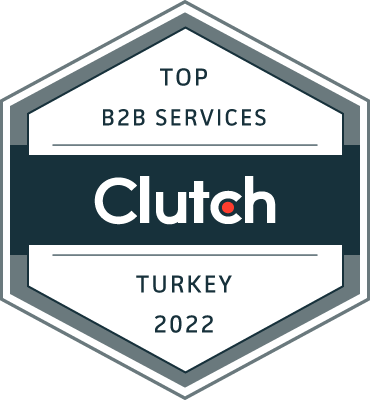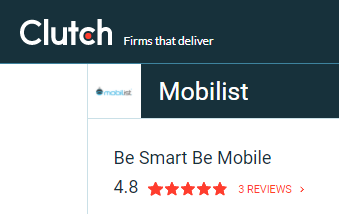05/04/2021 1:23
Orçun Cebeci, Mobilist
Many of the projects in the software industry, which have been financed with large investments in recent years and have constantly raised the bar with developing technology, have failed due to cost and time targets that are not compatible with the project scope.
Due to the fact that projects in the IT sector were generally not managed properly, effective communication with customers was not established and their needs were not clearly understood, and incorrect project plans and architectural choices were made.
To get successful project results in this sector, you need to constantly keep yourself up to date with changing business processes in terms of knowledge and experience.

When we look at the research conducted around the world, most of the software projects have deviated from their goals and failed because they could not be carried out in parallel with these changing processes.
Due to these financial losses, large companies started to try different working methods in order to progress with an efficient and accurate methodology in large software projects.
One of these working methods is AGILE APPROACH, aka Agile Software Development Approachis. The reason why this approach is called Agile is that it is a set of processes that aim to quickly produce solutions to the needs of the organization and satisfy the customer with solid outputs.
In every project where you adopt the agile approach, you can achieve clear results and become more preferred by strengthening your place in the market.
EFFECTS OF CLASSICAL WATERFALL AND AGILE APPROACHES ON THE PROJECT
In the classical approach, which we call WATERFALL, which is basically applied in software projects, the aim is to terminate the project at the end of 5 steps. So, what are these 5 steps?
1. DETERMINING THE PROJECT SCOPE
2. ANALYSIS PHASE
3. DEVELOPMENT/SOFTWARE PHASE
4. TEST APPROVAL PHASE
5. GOING LIVE
The biggest rule in this approach is not to move on to the next step without completing one step. In short, the development process here is intended to continue sequentially. In fact, similar steps are applied in the Agile process, but when it comes to managing risk well, it is very important to take some distinctive steps.
In the classic Waterfall approach, there is a great risk that the project will be tested after all development steps are completed and will be put into the live environment immediately afterwards.
While the current point of the project is the post-test live phase, an update revision to be received during user tests may directly affect the production process of the project or force it to return to the beginning of the road.
This means, in a sense, that the time, cost and developments allocated to the project are zero. Taking the determined scope from scratch and revising the analysis from the very beginning may leave the company in a difficult situation in terms of timing and finance.

However, the biggest difference in the Agile approach is the accurate results obtained by breaking down the existing project and bringing together each small working piece at the end of the work. So applied here Iteration process.
Iteration is recursion, and we can imagine each piece of the project we mentioned as an iteration. Testing and approval stages are evaluated separately for each project part here.
In other words, as a result of each iteration, the project is completed in an approved manner, part by part. In project management here, we actually divide the risks into parts, and when we catch a mistake in a part or when a revision is required, we do not need to process the project from the beginning. In short, instead of collecting all our eggs in one basket and risking breaking them all, we minimize this risk by dividing them into baskets.
WHAT ARE THE BENEFITS OF THE AGILE WORKING MODEL?

The Agile working model contributes significantly to personal development, team unity in business processes, company profitability and customer relations. If we briefly list these benefits;
Since it has a flexible and fast structure, it increases employee productivity.
· Thanks to an iteration structure that progresses by dividing the project into parts, new requirements can be quickly organized.
· It makes a significant contribution to company profitability thanks to projects that are organized and completed in a short time.
· Increases competition in the market; With this working model, companies want to move faster and develop new technologies compared to their competitors.
· As a result of each finalized iteration, disruption of the process is prevented with the feedback received from the customer.
· Intense unity within the team strengthens communication between employees.
· It allows employees to touch every part of the project and have ideas, and thus increases their sense of ownership of the project.
· It has a transparent structure, problems encountered during the project process are taken into account and used as a stepping stone to find a better solution in the next part.
· Brand awareness increases significantly thanks to successful and trouble-free projects implemented.
· It enables companies to save financially.
You may be thinking that there are no downsides to this Agile working method. In fact, depending on the scope of your project, the Agile working method may have aspects that may negatively affect the process. We can summarize these as follows.
· This approach can be quite difficult to manage in large companies. After all, this project management style has certain limits. When we exceed these limits in number and scope, a team that is difficult to manage is created and it becomes difficult to manage constantly changing requests and demands.
· The pressure to go live in this approach, where you are expected to be fast and agile, may cause disengagement within the team. The pressure and coercion that may be applied in this process will negatively affect employees.
· Constant communication with the customer may cause the time allocated to the project to be extended. We can give an example of this: the time lost as a result of many meetings that can be held during and at the end of the week.
· Requirement and scope changes that become unfinable may lead to the termination of the project. The ever-changing demands of the customer can reach uncontrollable dimensions.

It wouldn't be right to think of this working model we mentioned as if it will only be used in software projects.
Although what has been explained seems to indicate that we will get the highest efficiency in software projects, in essence, it depends on you which project management you will apply for the product(s) you have.
For some projects, Waterfall and for others, Agile approach increases efficiency. As long as you have this perspective, it will not be difficult to plan and finalize your project in an agile and fast manner.
In our next article, we will talk about the most frequently applied Scrum Rituals in Agile approaches.
Happy reading everyone...


